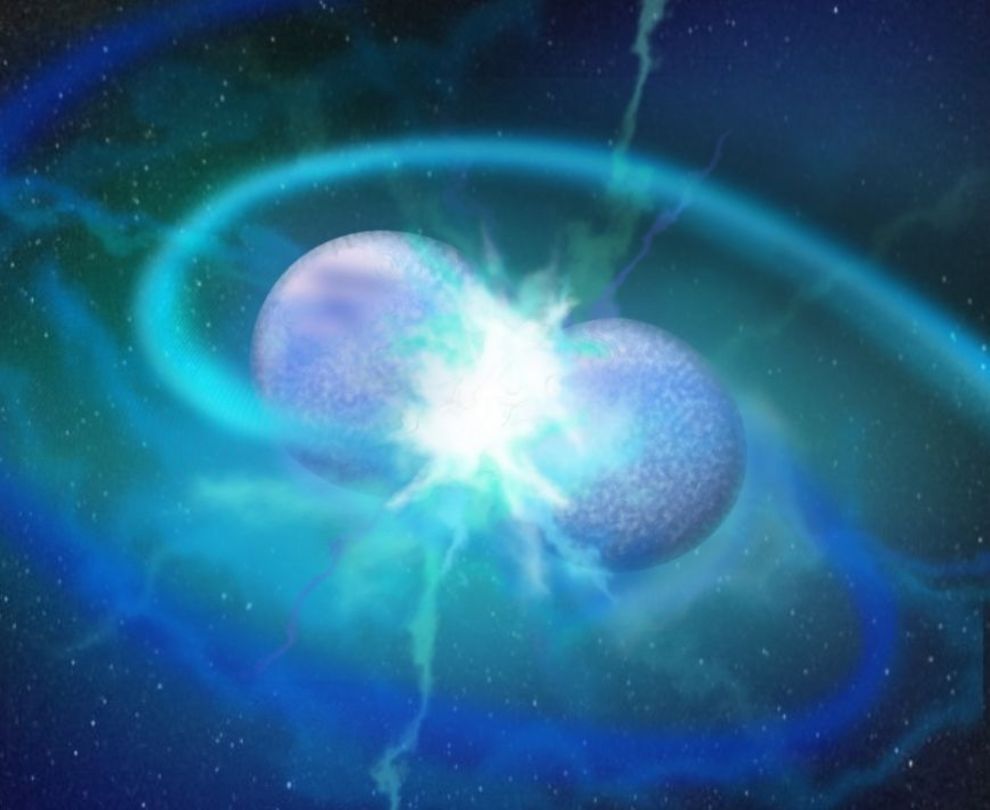
A German team of astronomers from the Universities of Tübingen and Potsdam, led by Prof. Klaus Werner, have discovered a new type of weird stars.
Their findings were published in Monthly Notices of the Royal Astronomical Society.
The spectra of the star sample, obtained by Large Binocular Telescope in Arizona, USA, and the Large Sky Area Multi-Object Fiber Spectroscopic Telescope (LAMOST) based at Xinglong and operated by the National Astronomical Observatories of the Chinese Academy of Sciences, were used to derive their temperature, surface gravity and elemental abundances.
While normal stars have surfaces composed of hydrogen and helium, the stars discovered by Prof. Werner and his colleagues have their surfaces covered with carbon and oxygen, the ashes of He-burning - a very exotic composition for a star. The situation becomes more puzzling because the new stars have temperatures and radii that indicate they are still burning helium in their cores.
"Normally we expect stars with these surface compositions to have already finished burning helium in their cores, and to be on their way to become white dwarfs. These new stars are a severe challenge to our understanding on stellar evolution," said Prof. Klaus Werner from Tübingen University, the lead author of this paper.
Published back-to-back with this paper in the same journal, a second paper from a group of astronomers from the University of La Plata (Argentina) and the Max Planck Institute for Astrophysics in Garching (Germany) offers a possible explanation for their formation. "We believe the stars discovered by our German colleagues might have formed in a very rare kind of stellar merger event between two white dwarf stars," said Miller Bertolami, lead author of the second paper.

Artist's impression of the merging of two white dwarf stars (Image by Nicole Reindl, University of Potsdam)
Stellar mergers are known to happen between white dwarfs in close binary systems due to the shrinking of the orbit caused by the emission of gravitational waves. "Usually, white dwarf mergers do not lead to the formation of stars enriched in carbon and oxygen," said Miller Bertolami, "but we believe that, for binary systems formed with very specific masses, a carbon- and oxygen-rich white dwarf might be disrupted and accreted on top of a helium-rich one, leading to the formation of these stars."
Yet no current stellar evolutionary models can fully explain these stars. As Miller Bertolami elaborates, "We need refined models to assess whether these mergers can actually happen. These could not only help us to better understand these stars but could also provide a deeper insight into the late evolution of binary systems and how do their stars exchange mass as they evolve." Until astronomers develop more refined models for the evolution of binary stars, the origin of the new discovered stars will be up for debate.

86-10-68597521 (day)
86-10-68597289 (night)

52 Sanlihe Rd., Xicheng District,
Beijing, China (100864)

